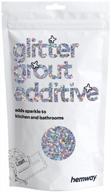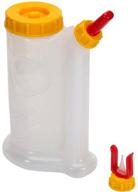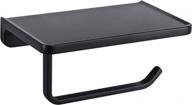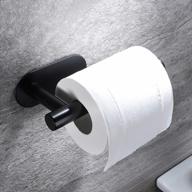
Review on 🔨 Versatile Ardex Feather Finish (Gray), 10 lb. Bag: Ideal for Smooth Surfaces and Patching by Mark Greenwood

NO SAND method for countertops/table tops
If it helps a craftsman, it's worth it! I would really like to get this information before I start this project. It was EASY and I finished it on Saturday afternoon. After reading a dozen guides on finishing Ardex springs on countertops, I was ready to take the plunge and try on my less risky wooden table that needed a refinish anyway. What bothered me the most was the amount of dust generated by the other tutorials, which included a lot of loops between coats and at the end of the process. As someone who has worked a lot with concrete, I just didn't understand why this was necessary! If the concrete (cement) is properly applied, it should itself have a smooth surface. Also, I think the sanding takes away the natural velvetiness of the concrete and ends up looking too stiff. Here's what I did: 1) Here I sanded the table a bit. You really want to rough up the surface so the cement can grab a bit. It took me 3 minutes with a sanding sponge. 2) I didn't use a giant spatula or a professional grater, I just used a 4" scraper because I had that on hand, but I think it resulted in my smooth finish and no sanding was required because I did It was able to apply product in thin coats with a lot of pressure as my tool has a thick strong blade. Your first coat: don't worry too much about it. I mixed the top coat to the consistency of peanut butter with the feathers and spread it out as evenly as possible to make sure it worked as cleanly as possible and didn't leave anything too rough. I've included photos of layers 1, 2 and 3 so you can see it gets a lot better with use. 3) Let it dry until it makes a hard sound when you tap it. Mix less for your second layer (and I hate to say a little thinner than pancake batter because I don't want people mixing it too thin but it worked for me) with heavy pressure, I made the layer like this applied thinly as possible. It really started to smooth things out. Each new layer is applied easier, faster and smoother than the previous one. If you use a thick layer you will likely have more bumps to sand down! Think THIN and push hard and keep your blade clean! I wiped off excess cement in dry spots when I felt I was making too many putty lines. Between coats I let things *almost fully dry* (not too soon or you'll just add more texture) and then come back with a clean scraper and smooth out any ridges. No sanding is required and the finish looks more natural because I smoothed out all the trowel lines this way. 3) Repeat until you get the coverage you want. I spent time with a small spatula snaking over the edges because I wanted the look to be flat like a "slab" and my wood countertop had rounded edges. I was happy with the finish and created a mound of dust smaller than a dime after I swept it up. The tabletop is buttery smooth and not rough at all, and being sealed makes it even smoother. I was really impressed by these other people blowing horrible cement dust all over their houses! 5) I will be sealing in a few days and updating my review to cover any durability issues. My only concern are the corners which I actually had to build with a heavier amount of cement, let's see how they hold together.
- Pleasant to use
- old
New products
Comments (0)
Top products in 🔩 Adhesives & Sealers

Silver Holographic Stars Glitter Grout Tile Additive 100G - Easy To Use For Tiles, Bathroom, Wet Room & Kitchen

14 Review

💪 Bondic UV Liquid Plastic Welder - Fast Cure, Strong Adhesive Repair Kit for Home, Garage, Outdoors, etc. - Complete Starter Set (LED Light & Liquid Cartridge in Compact Tin Case)

9 Review

🌳 Efficient Drip-less Wood Glue Dispenser, 16 Oz Bottle

8 Review

Pack Of 1 Natural Wood Color 8 Ounce Bottle Gorilla Wood Glue

42 Review
Another interesting products

Matte Black TRUSTMI Toilet Paper Holder With Phone Shelf | Wall Mounted Bathroom Storage & Tissue Dispenser

23 Review

Black Frameless Glass Shower Door Towel Hooks (2-Pack) By Simtive - Squeegee Hanger For Bathroom Doors.

29 Review

Taozun Self Adhesive Toilet Paper Holder - Black Toilet Paper Roll Holder Stainless Steel Toilet Roll Holder For Bathroom, Stick On Wall

22 Review

Magnetic Adjustable Rods 9-16 Inch 2 Pack For Metal Appliance Doors Windows Toilet Towel Bar Multi-Useful Black

29 Review

